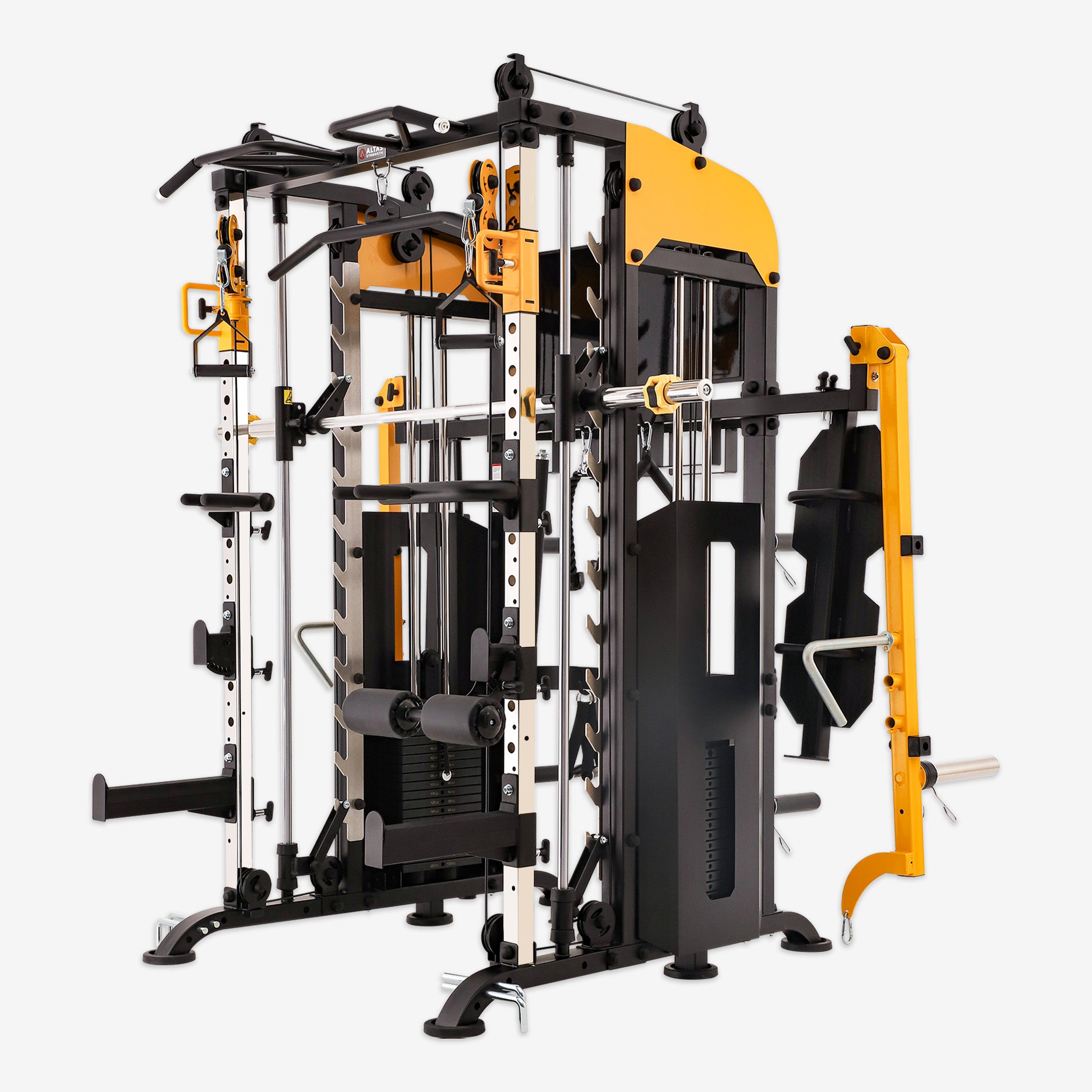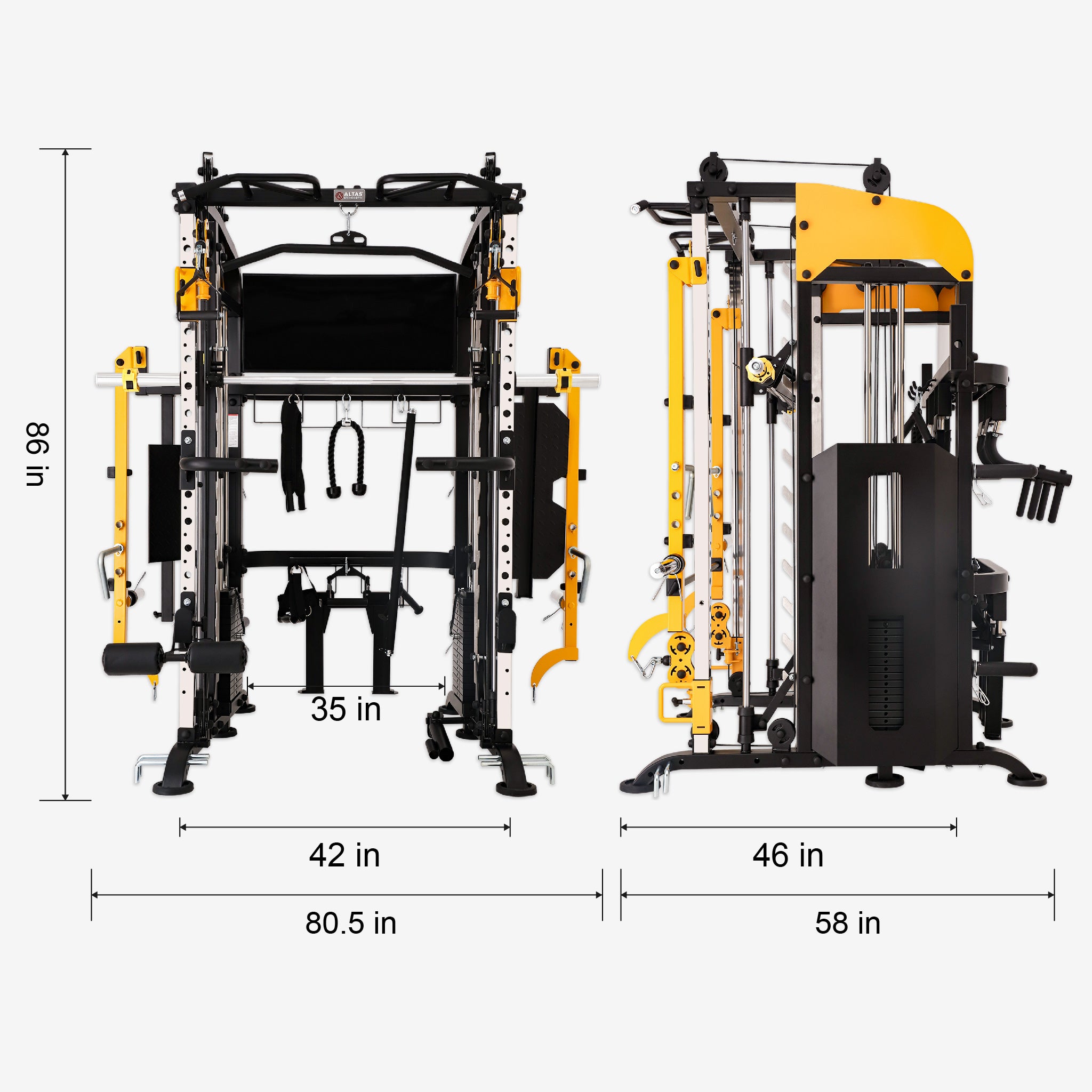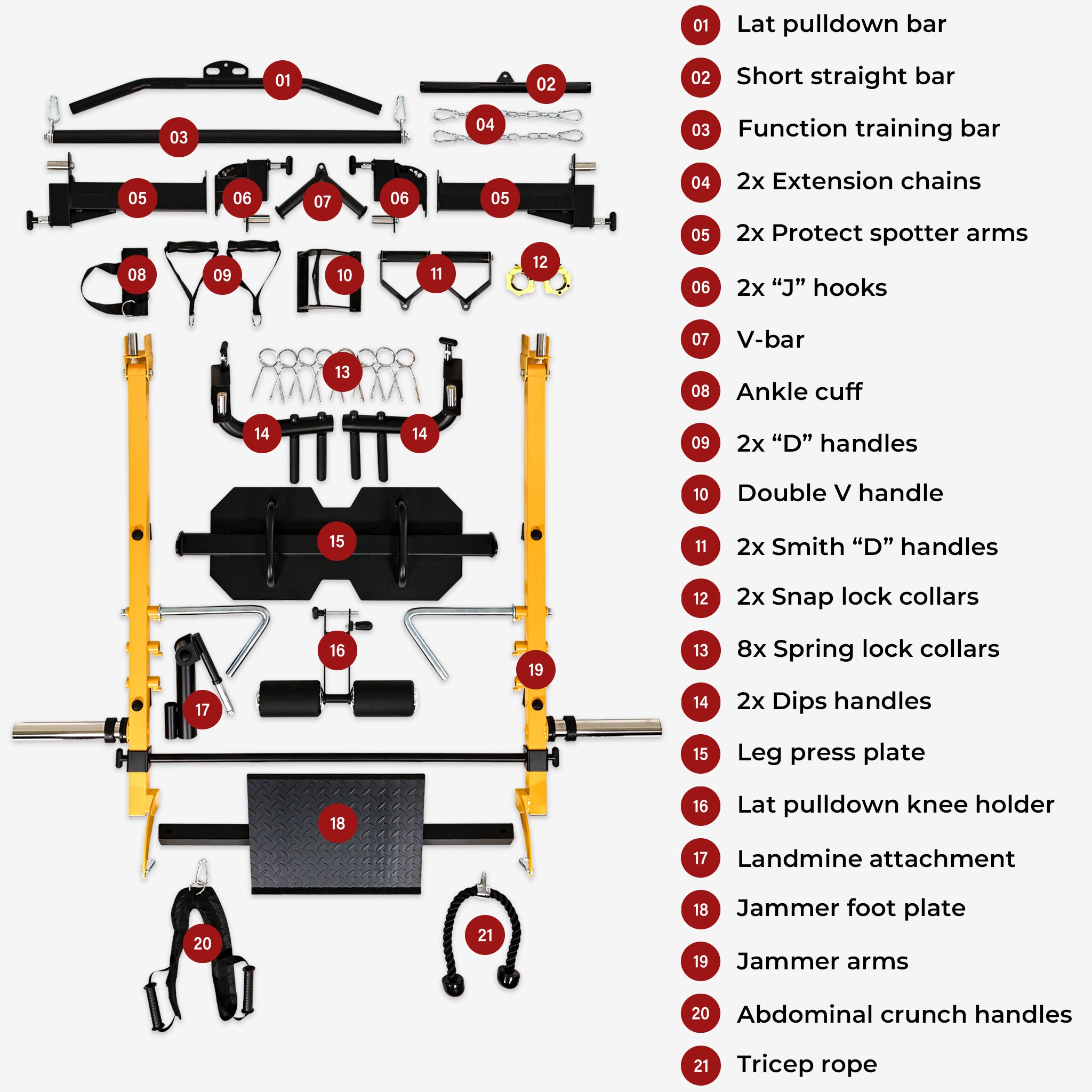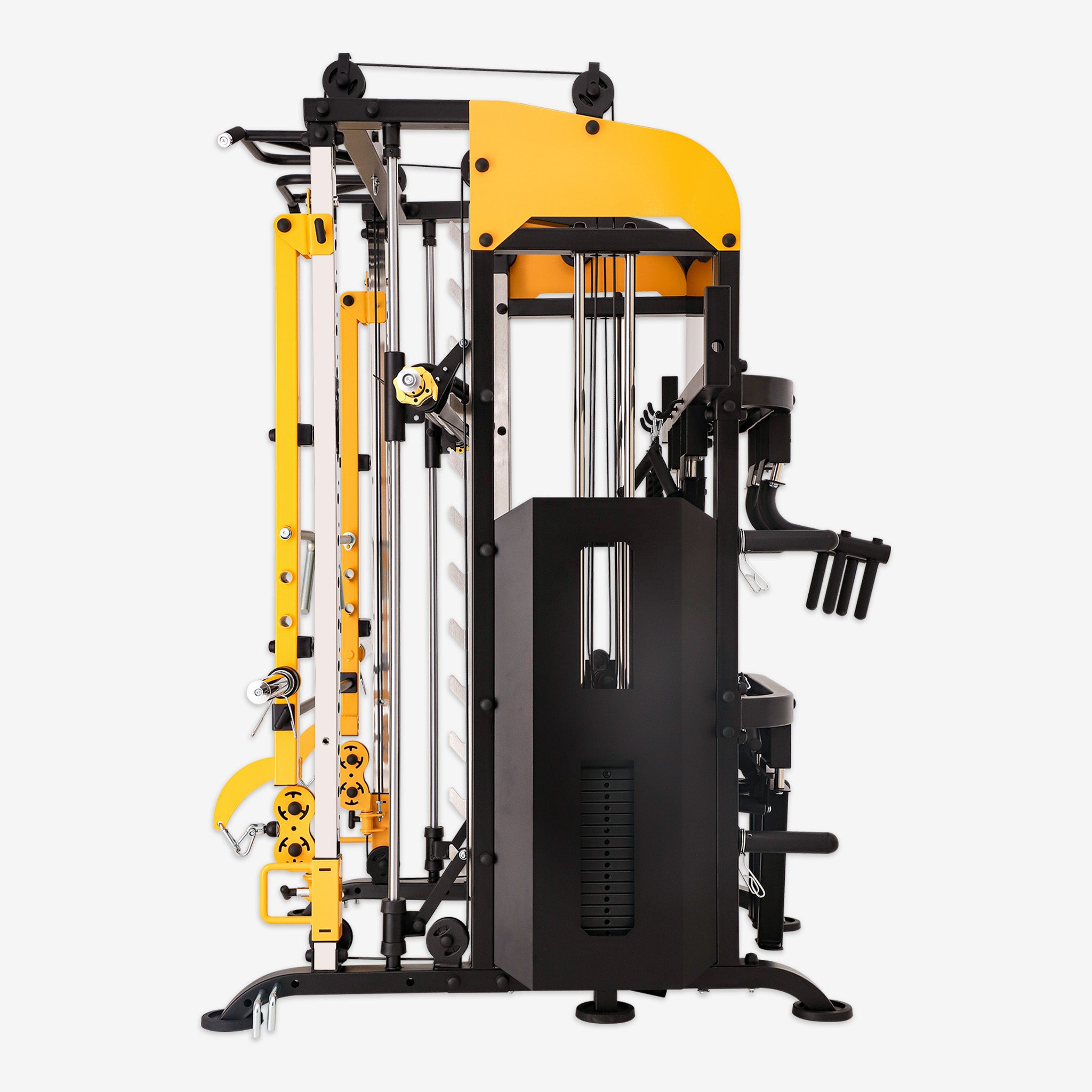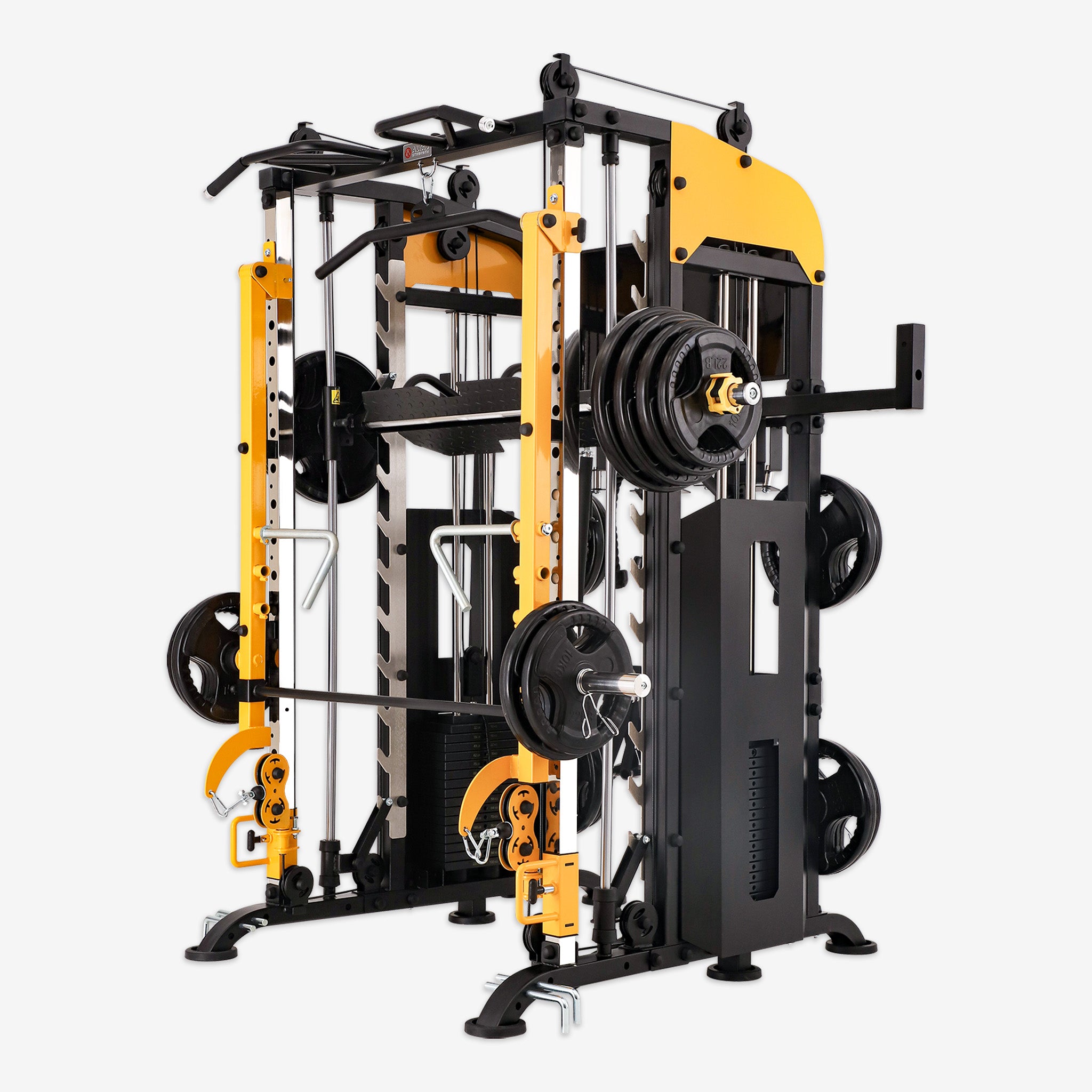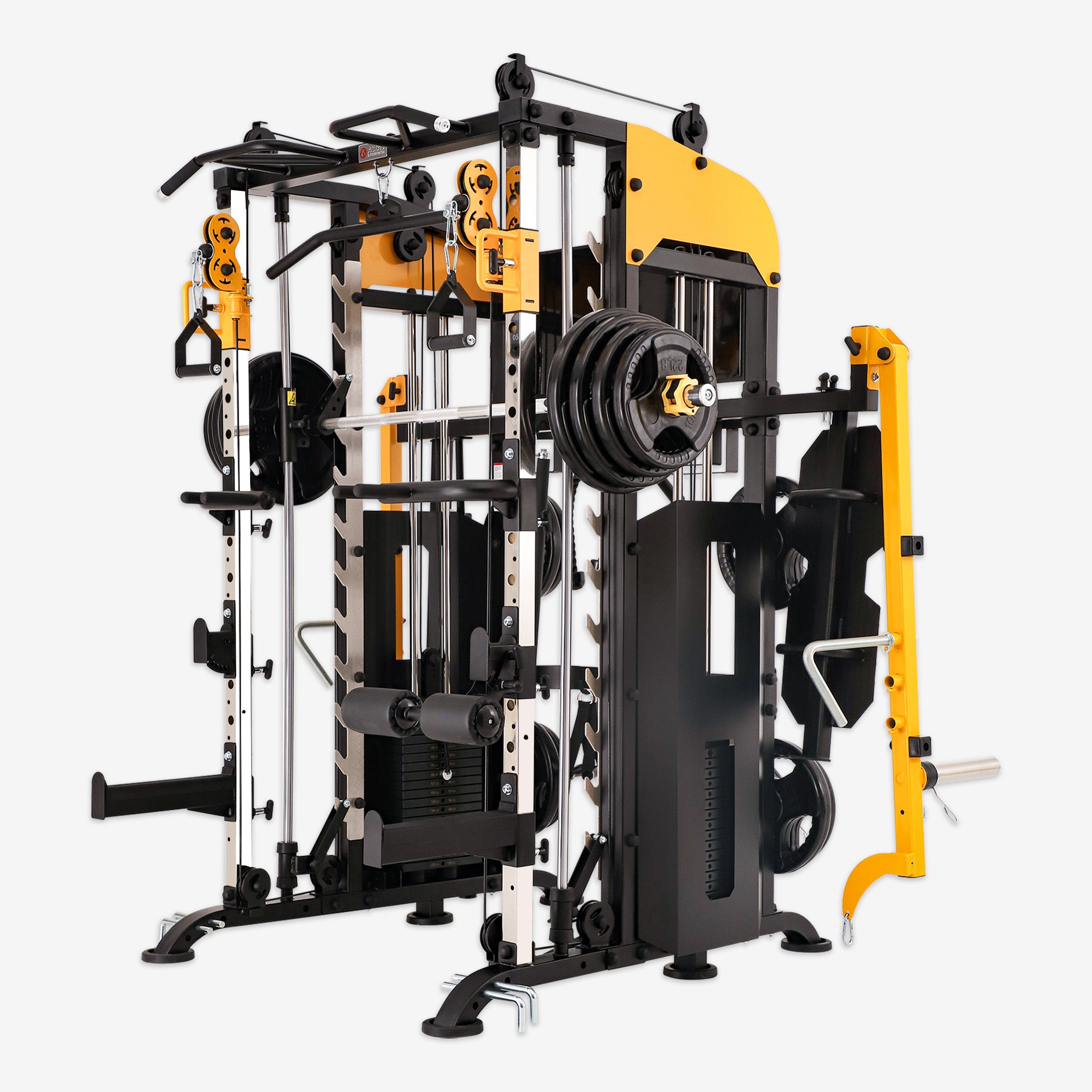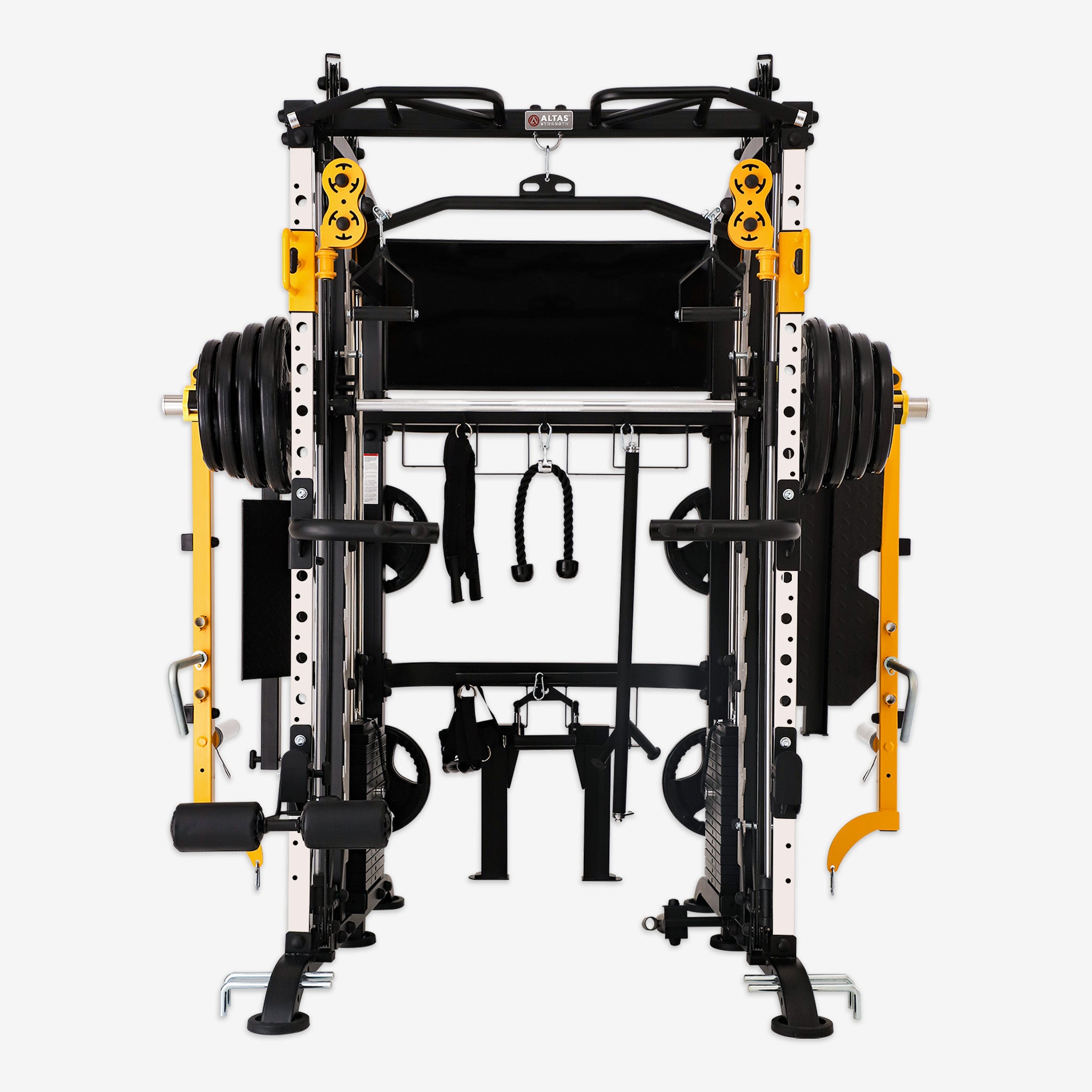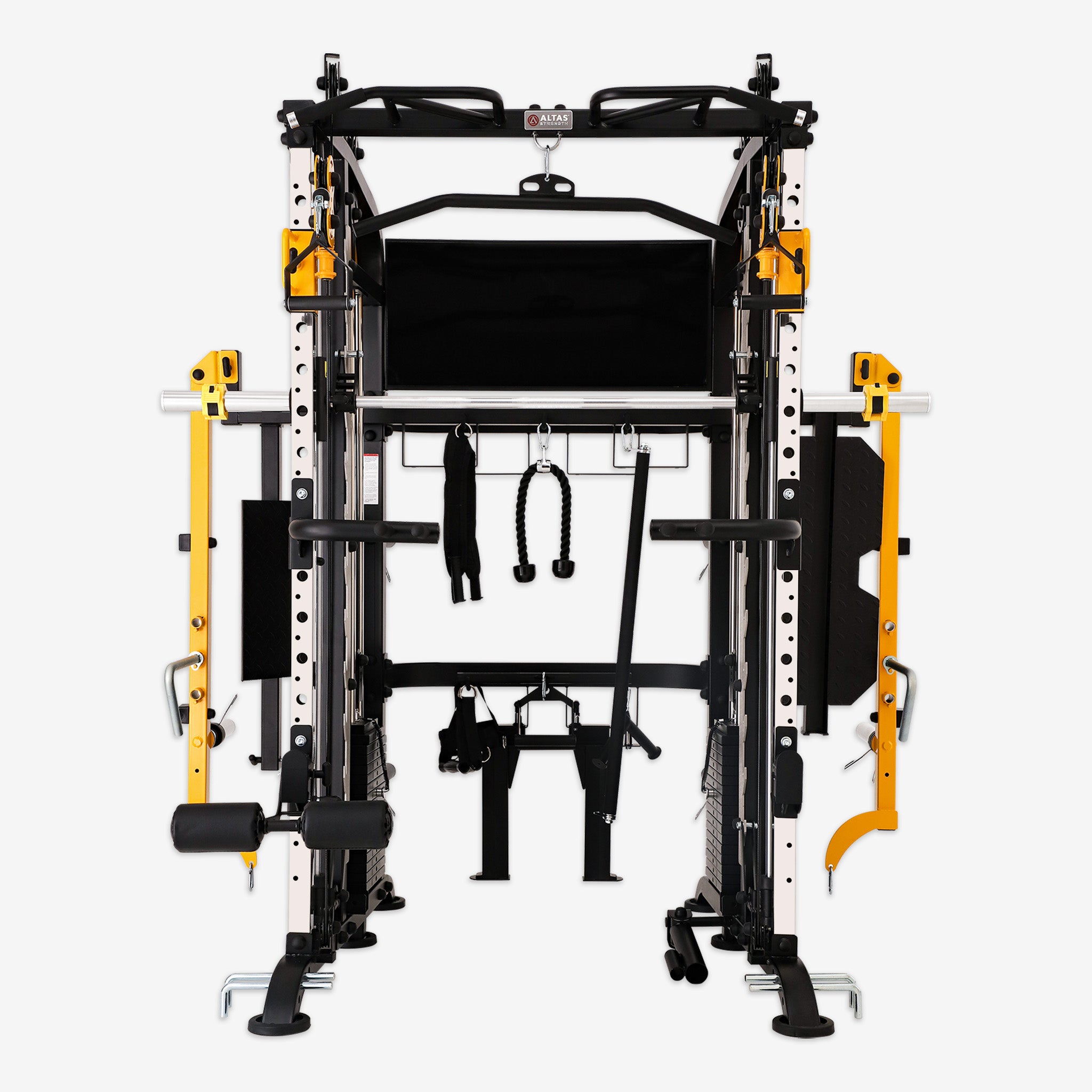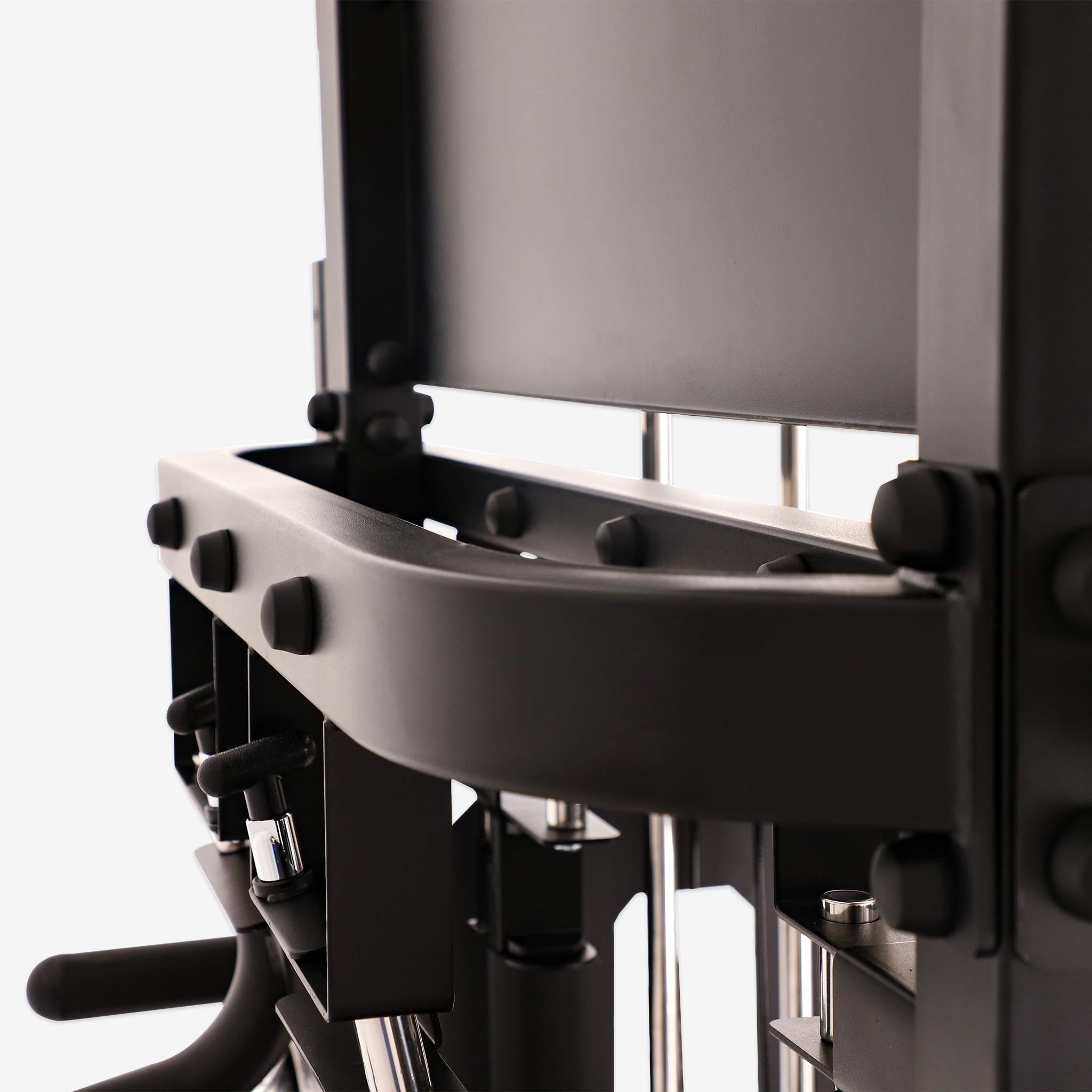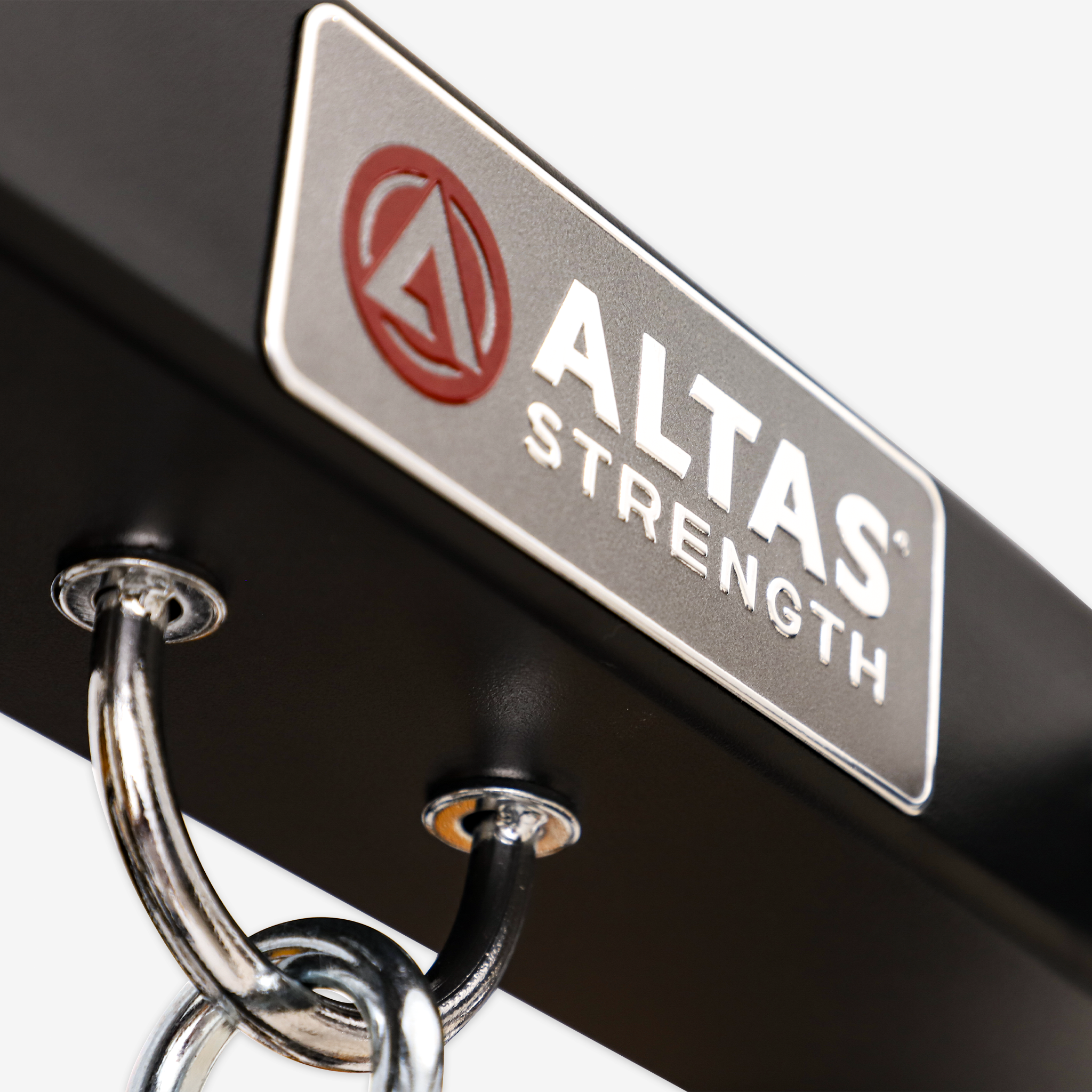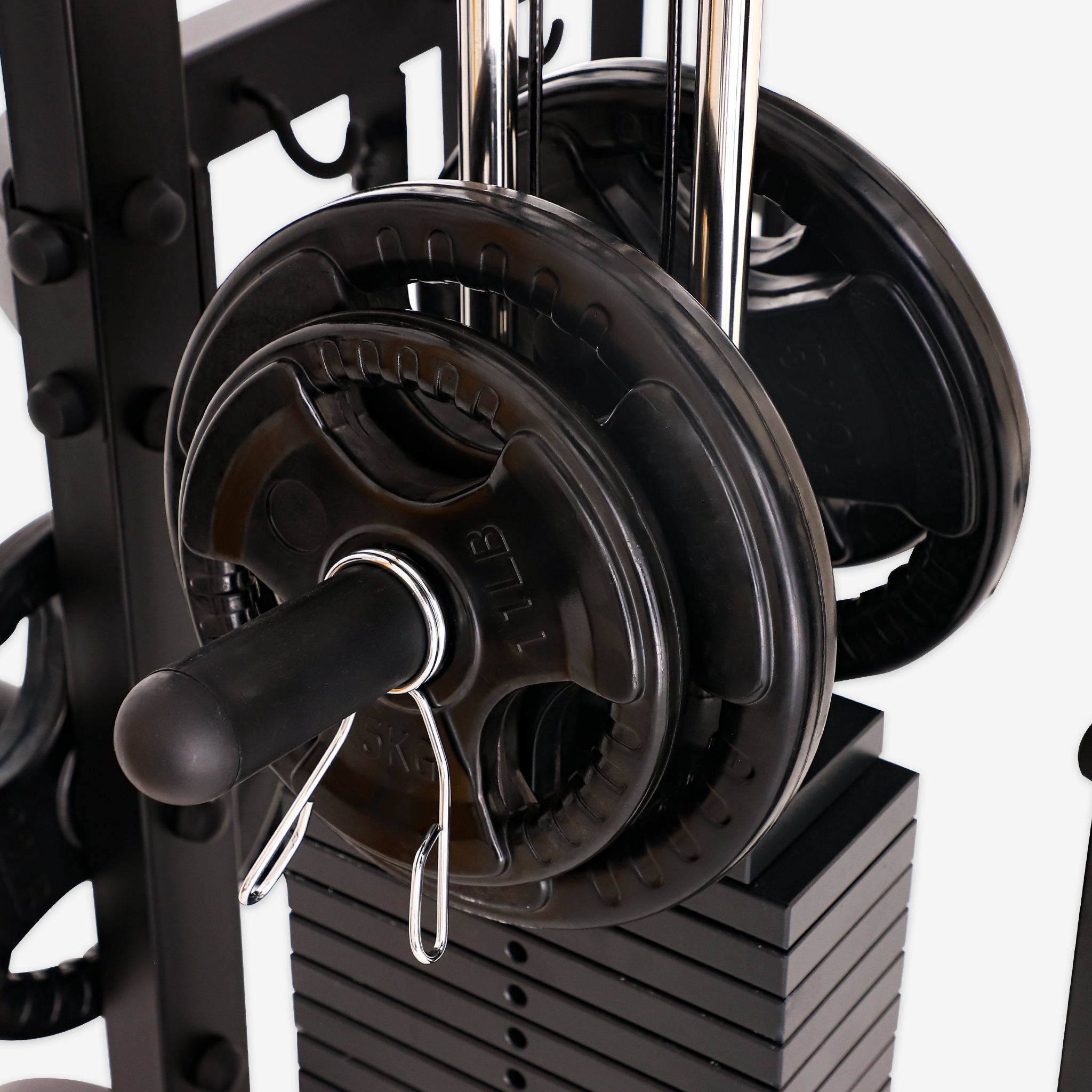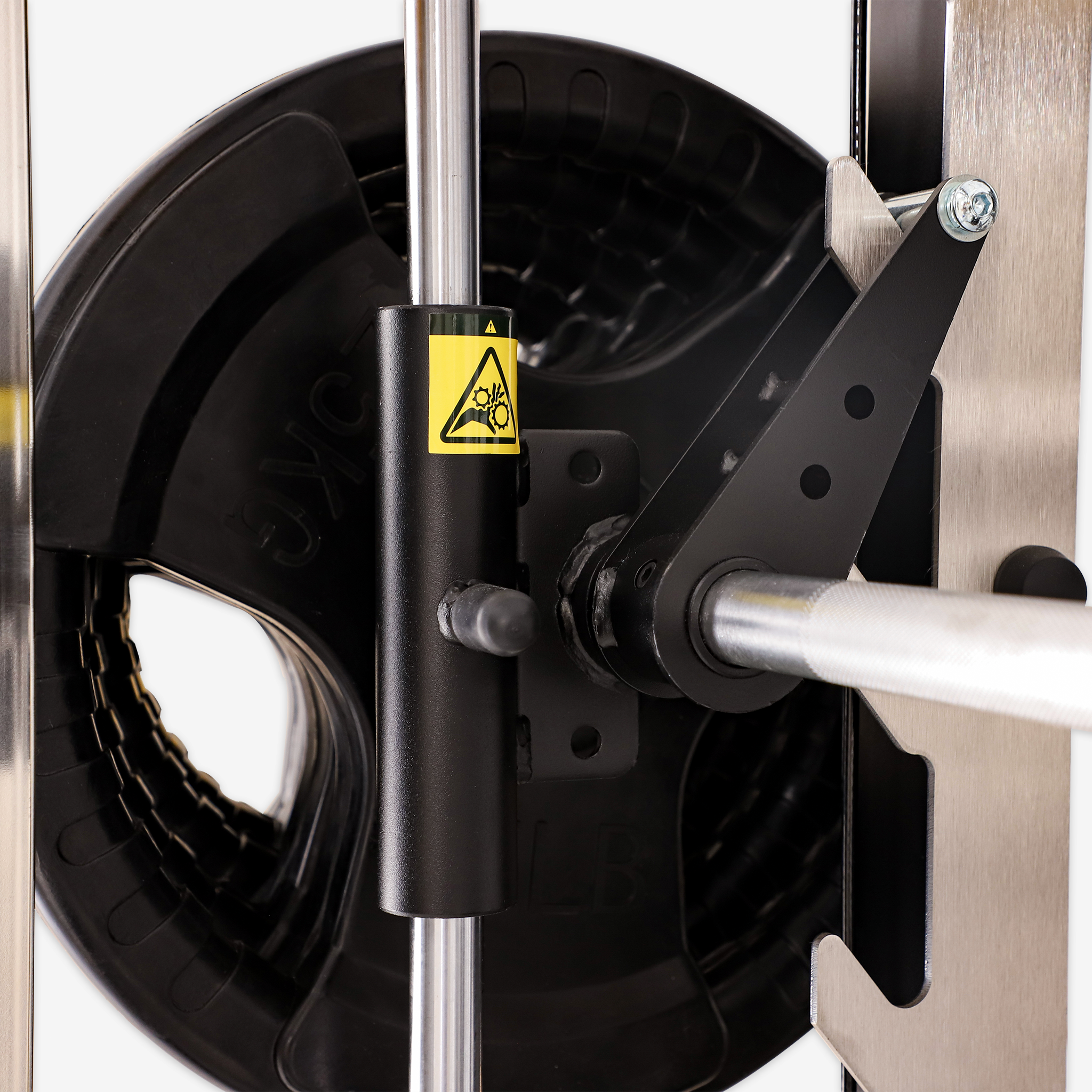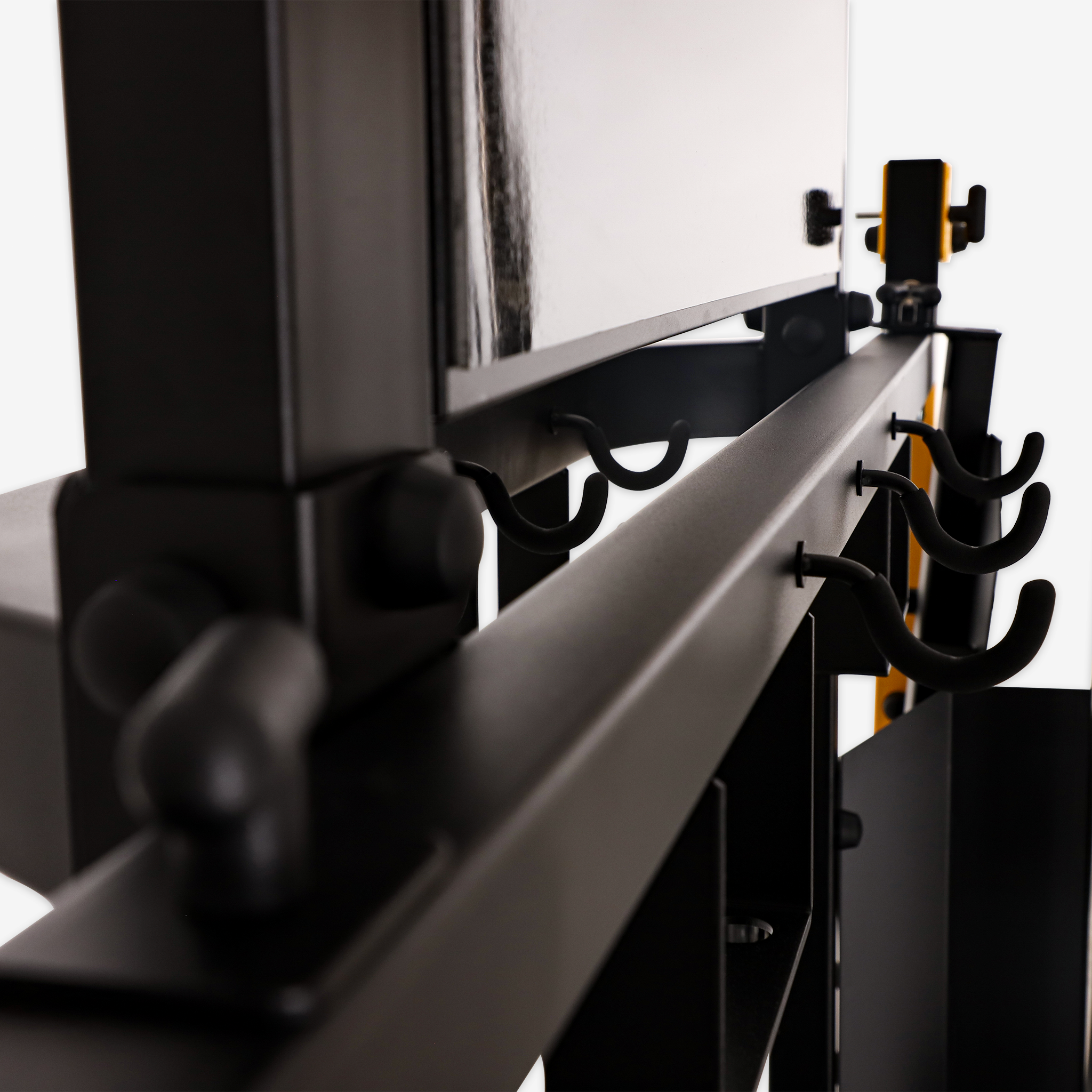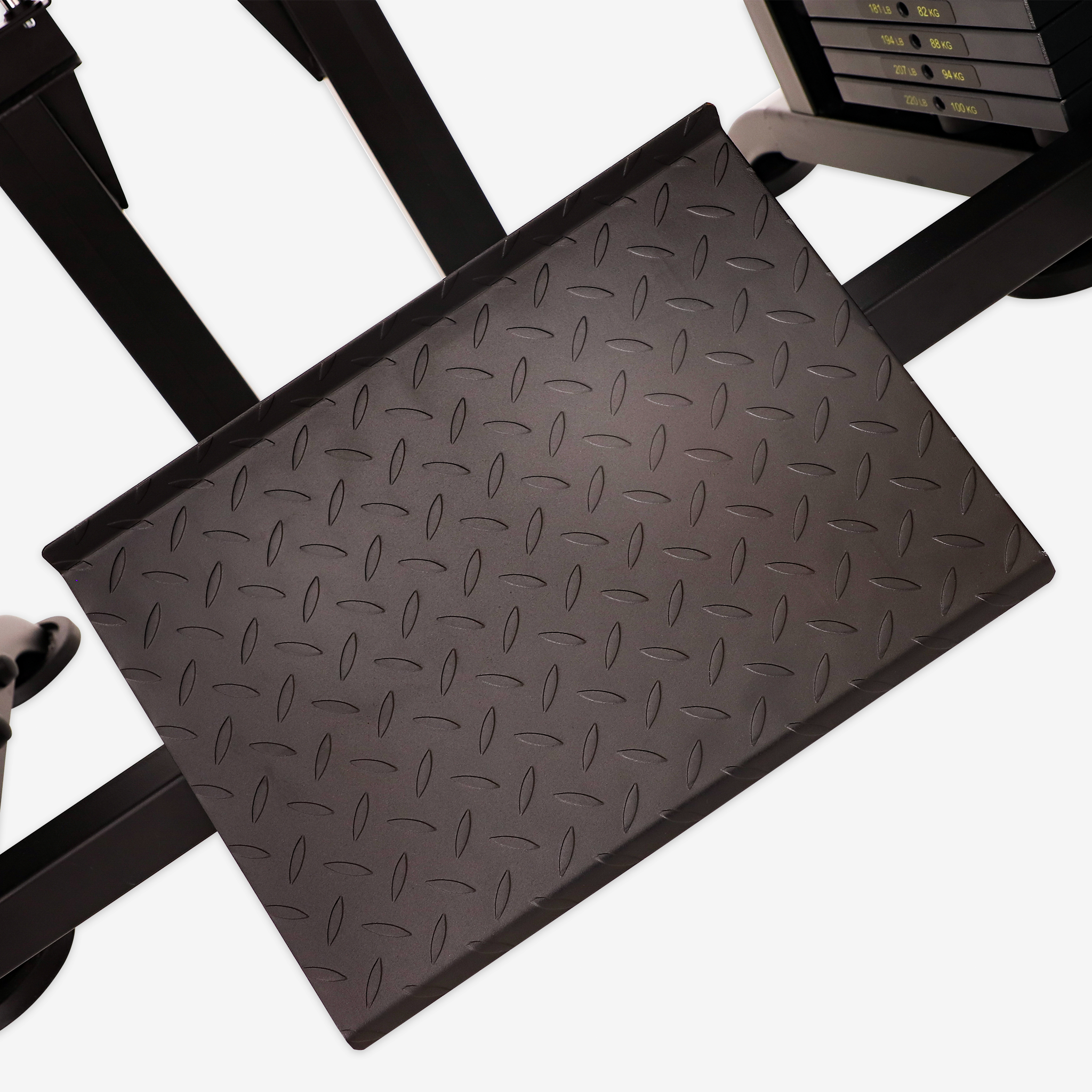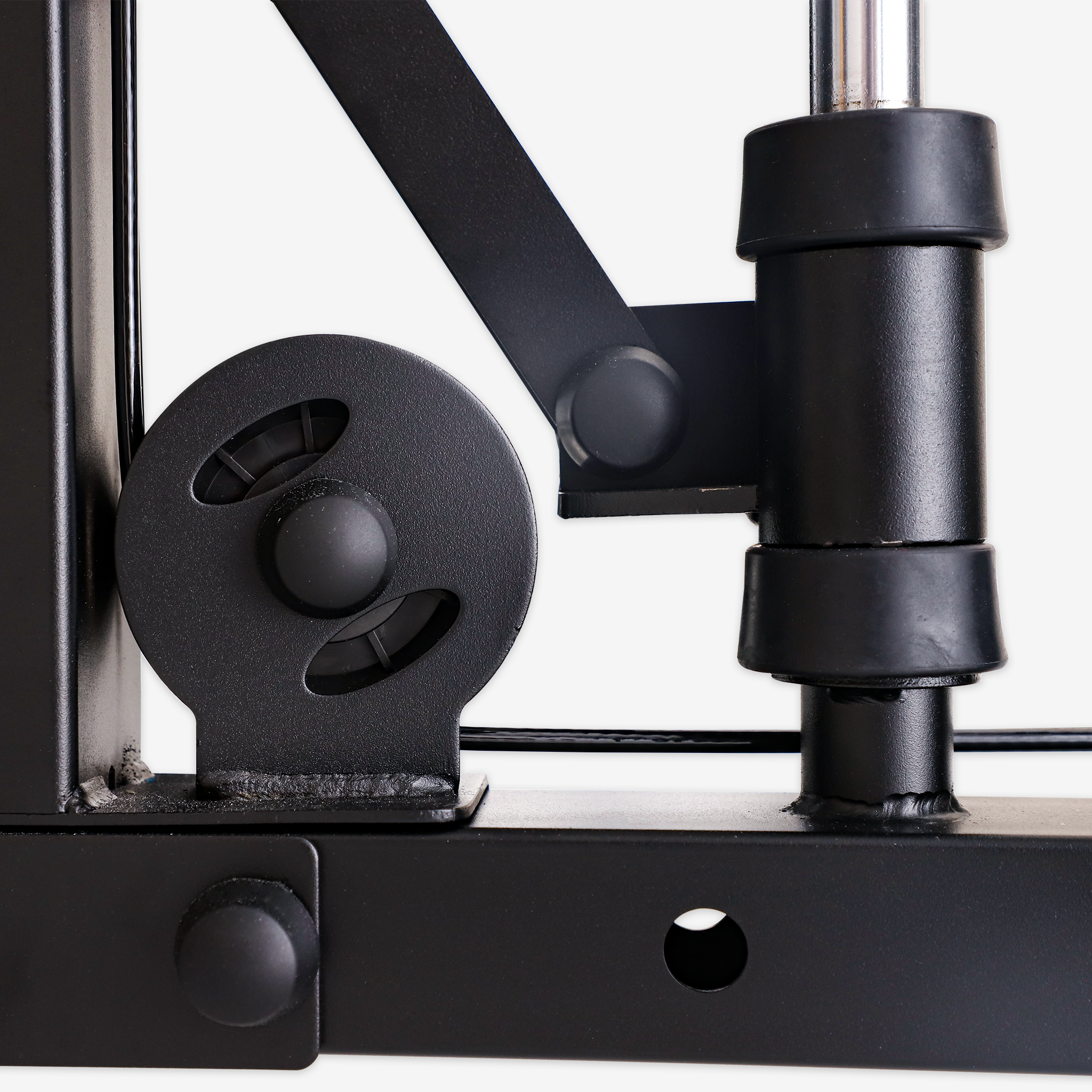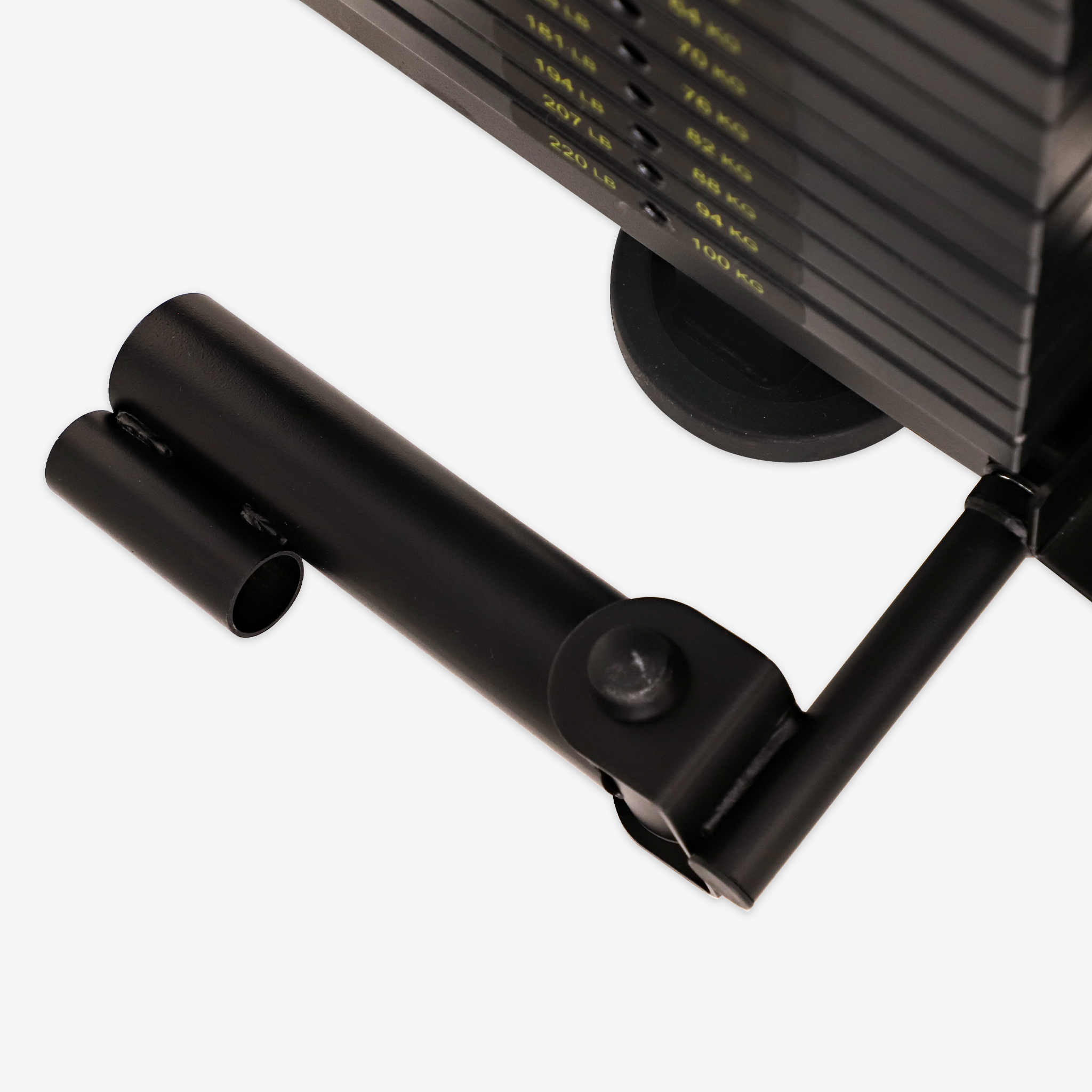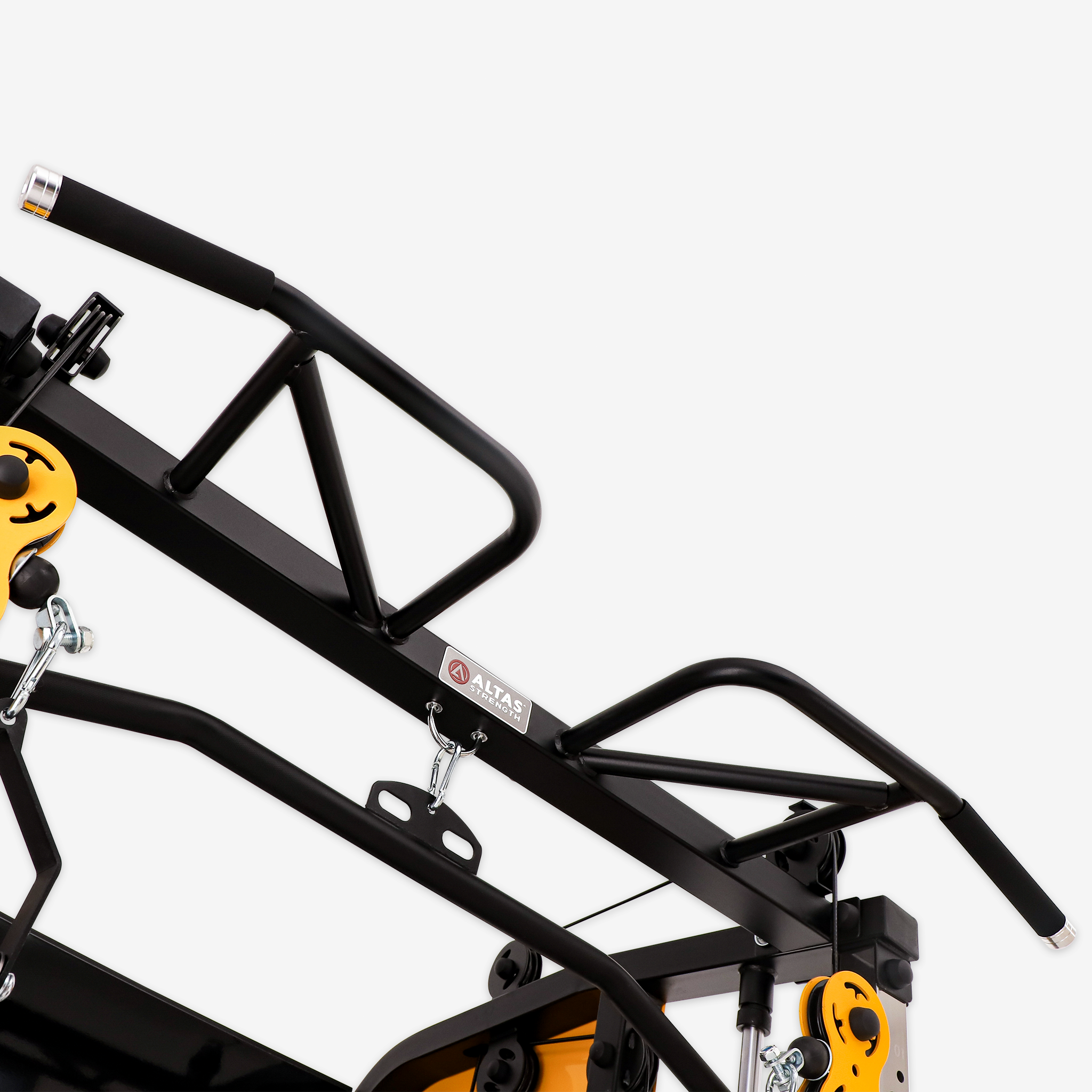In today’s evolving fitness landscape, training the back muscles is essential. The back not only supports your entire frame but also directly influences posture, upper body strength, and core stability. A heavy-duty back extension machine is a cornerstone of professional training, whether you're outfitting a commercial gym or a home fitness space. It targets the lower back muscles while enhancing spinal alignment and overall performance.
I. Design and Advantages of the Heavy-Duty Back Extension Machine
The heavy-duty back extension machine is engineered with an ergonomic and biomechanically safe design. These machines typically feature:
- Commercial-grade steel frames for enhanced durability and safety.
- Adjustable pads and support angles to accommodate various user heights and movement ranges.
- Anti-slip footrests to improve user security during intense sessions.
This robust design ensures proper alignment and comfort during use, helping users avoid injury while maximizing the impact of each rep.
II. Training Effects of the Heavy-Duty Back Extension Machine
The primary function of the machine is to target the erector spinae—the muscles along the spine responsible for posture and stability. Training with this equipment helps:
- Strengthen the lower back and prevent strain-related injuries.
- Activate supporting muscle groups such as the glutes and hamstrings.
- Improve performance in compound lifts like squats and deadlifts by boosting trunk stability.
Whether you're aiming for strength, injury prevention, or better athletic function, this machine delivers core training benefits that transfer to real-life movements.
III. Usage Tips for the Heavy-Duty Back Extension Machine
To get the most out of your workouts, follow these guidelines:
- Adjust the equipment properly. Align the pads just below the hips for full range of motion without compromising posture.
- Select appropriate resistance. Beginners should use bodyweight or light resistance and scale up as they build strength.
- Control your movements. Avoid swinging or using momentum. Instead, engage your core and move slowly with intent.
- Keep your spine neutral. Avoid hyperextension at the top of the movement to reduce stress on the lumbar spine.
Consistency, combined with good form, will yield noticeable gains in back strength and overall stability.
IV. Who Should Use a Heavy-Duty Back Extension Machine?
This machine is ideal for a wide variety of users, including:
- Fitness enthusiasts looking to build a strong and injury-resistant posterior chain.
- Rehabilitation patients recovering from lower back injuries, under professional guidance.
- Office workers seeking relief from prolonged sitting and poor posture.
- Home gym users wanting to build core strength with minimal space and maximum efficiency.
Its low-impact, customizable design makes it one of the most versatile and safe machines available.
V. Innovations and Future Trends
The future of back extension machines is smarter and more user-friendly. Some cutting-edge models now feature:
- Digital displays showing reps, time, and progress tracking.
- Smart resistance systems allowing real-time weight adjustment based on user performance.
- Compact and foldable designs for the growing home fitness market.
As the demand for intelligent and space-saving fitness solutions grows, expect to see more integration of tech and modular features.
Conclusion
The heavy-duty back extension machine is more than just gym equipment—it's a long-term investment in health, strength, and injury prevention. Whether you’re a professional athlete, casual gym-goer, or someone recovering from lower back discomfort, this machine offers the functionality and support needed to train effectively and safely.
Looking to upgrade your gym or home fitness setup? Explore premium back extension machines at AltasStrength.com—engineered for performance and built to last.

